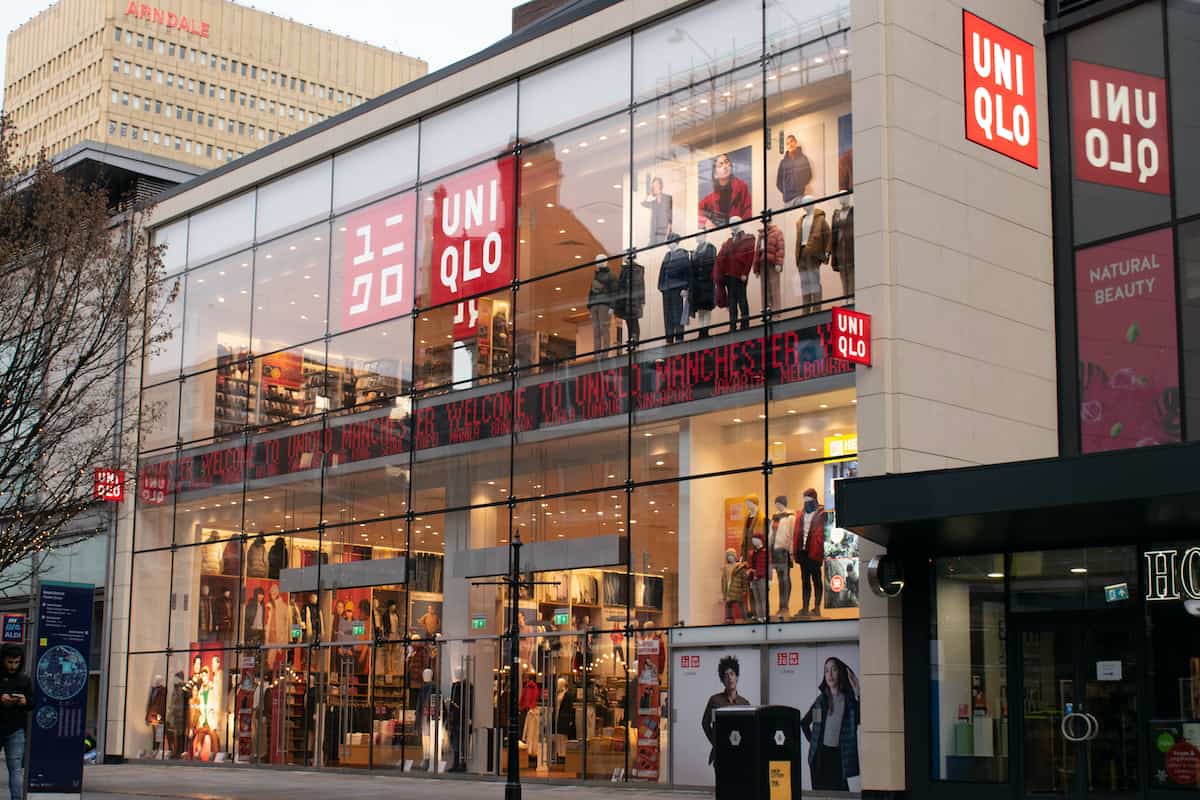Mobile commerce may well be adversely affecting the high street in Scotland, if the Scottish Retail consortium is to be believed, but globally mobile and online commerce are not forcing consumers to shun the traditional high street. A study of 13,000 consumers across 20 countries by BuzzCity finds that, 59% of shoppers who shop online also shop in store.
The survey reveals that connected consumers are empowered with information and like to make use of both digital technology and going in store. According to BuzzCity, consumers demand variety but look for advice in final selections – while in-store they now get this by asking advice from friends or family members via their phones (29%) or from asking shop assistants.
With customers more readily informed, the in-store environment needs to empower sales assistants to provide a consultative approach to customer enquiries, as a fifth (20%) of those surveyed said that they could find the information they wanted faster on their phone than asking a shop assistant.
16% of those surveyed also felt that they had a better experience in stores where shop assistants were using the latest technology to service customers.
The report also finds that its not just about price. Contrary to popular belief, price is not the overall deciding factor. Whether shopping in-store or online, consumers look first for variety (33%); they then expect products to be well displayed and easy to find (32%). Discounts come in third place (24%) when shopping in-store and fifth place (14%) when shopping online.
But the real challenge for in-store retailing comes from the alternatives that the connected consumer has that result in ‘abandoned’ shopping. Almost a third (32%) of shoppers surveyed has left the store because what they wanted was not available or discounted. This means that retailers need to be able to tell consumers what is sold out and the alternatives that are available, before they arrive. Sharing this type of information online and on the shop floor has become an important step in the evolution of retail.
All told, the experience of variety continues to drive choice of where to shop. Variety though, is not always about a dizzying array of products but rather a choice of products within a price range.
This report is a reflection of how consumers are increasingly empowered by technology and using every channel available to make more informed choices at their own convenience,” says KF Lai, CEO of BuzzCity. “The end sale is no longer either in-store or online, but a combination of both experiences in the customer buying process. The use of mobile in shopping complements the in-store channel rather than threatens it, offering another sales platform to reach the customer both in-store and online.”
Online and in-store shopping are not separate business exercises, but need to be designed as complementary experiences to suit the consumers’ context. Many will continue shopping in-store. Some will shop online to collect at a store near home. Others will make mobile payments in-store for home delivery, completely avoiding check-out queues.
Meanwhile, a report from the Scottish Retail Consortium (SRC) finds that vacant high street retail properties are at their highest for two years and in line with the national average for the whole of the UK.








